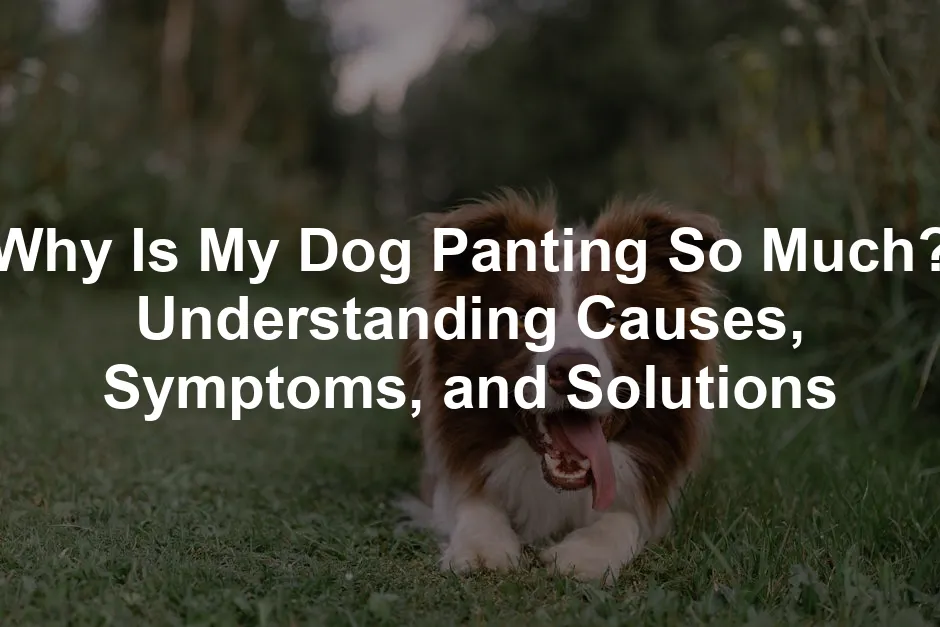Introduction
Is your dog panting more than usual? Panting is a natural behavior for dogs. It helps them cool down and express excitement. However, excessive or unusual panting can signal health issues. It’s vital to recognize when to seek veterinary help for your furry friend.
To be prepared for those unexpected moments, having a Pet First Aid Kit handy is essential. You never know when a little boo-boo might happen, and being prepared can save the day!
Summary and Overview
Normal panting serves several purposes. Dogs often pant to cool off after exercise or in warm weather. They may also pant when excited or anxious. However, there’s a difference between normal and excessive panting. Persistent or heavy panting can be serious. It can indicate heatstroke, heart problems, or pain. If your dog is panting more than usual, it’s essential to evaluate the situation. This article will cover potential causes, symptoms, and when to consult a vet. Understanding these aspects can help you ensure your dog’s health and well-being.
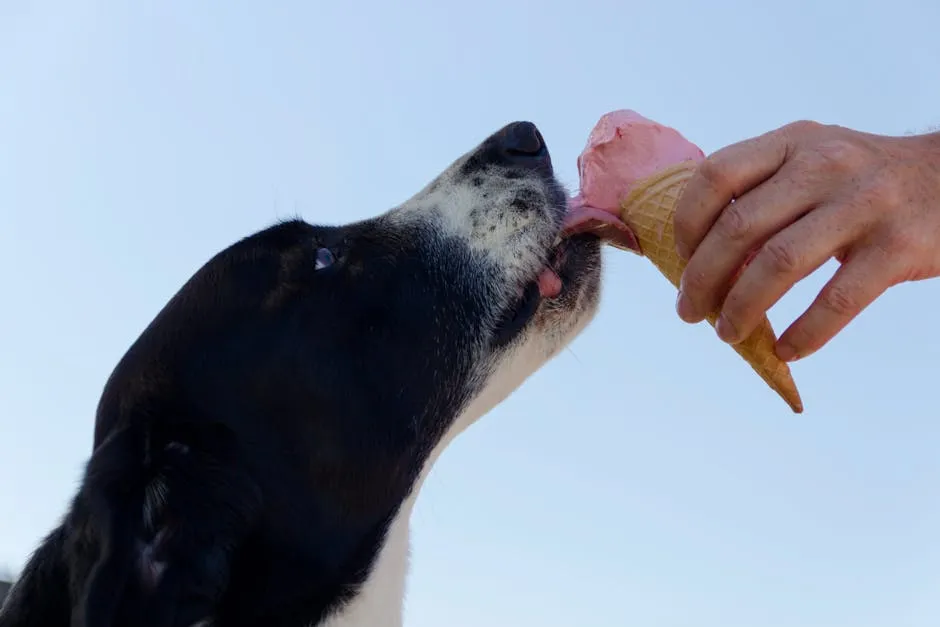
And while you’re at it, consider getting a Dog Cooling Mat for those hot summer days. It’s like a personal AC for your pup—keeping them cool and comfortable while they chill out!
Understanding Normal Panting
What is Panting?
Panting is a dog’s way of regulating body temperature. Unlike humans, dogs don’t sweat effectively. Instead, they pant to cool down. When a dog pants, it rapidly inhales and exhales air. This process allows moisture from their tongue and respiratory tract to evaporate, cooling the body.
A healthy dog at rest typically breathes between 15 to 35 breaths per minute. If your dog is panting at rest, count their breaths. If they exceed 40 breaths per minute, this might indicate a problem. Normal panting can occur after exercise, during warm weather, or when they feel excited. Monitoring your dog’s breathing rate helps you identify when something might be wrong.
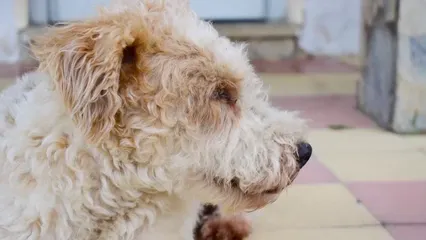
Common Causes of Excessive Panting
Physical Causes
Is your dog panting heavily? It could be due to several factors. One common reason is heat. Dogs pant to cool down since they can’t sweat like we do. If your dog is panting in high temperatures, watch for signs of heatstroke. Symptoms include heavy panting, bright red gums, and disorientation. If you notice these symptoms, it’s crucial to act quickly.
Exercise is another reason dogs may pant. After a vigorous play session or a long walk, increased breathing is normal. Most dogs will settle down after resting. However, if your dog continues panting excessively, it may signal an underlying health issue.
Certain health conditions can also lead to excessive panting. Heart disease can cause rapid breathing, especially after light activity. Respiratory disorders, such as laryngeal paralysis, can make it hard for dogs to breathe normally. If your dog is panting heavily without an apparent reason, consult your veterinarian. They can help rule out any serious conditions and ensure your dog stays healthy.
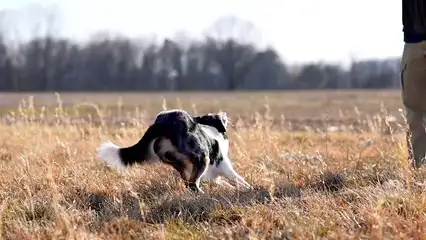
For those long walks, having a Dog Water Bottle for Walking is a game-changer. Keep your pup hydrated on the go, and you’ll avoid the dreaded panting from thirst!
Psychological Causes
Panting isn’t always about physical needs. Anxiety and stress can also cause your dog to pant excessively. Have you noticed your dog getting anxious during storms or fireworks? These loud noises can trigger stress, leading to rapid breathing.
Other triggers for anxiety may include separation from you, changes in routine, or even new environments. If your dog is panting and showing signs of distress, like pacing or whining, it’s a clear signal they are anxious. Comforting your dog and providing a safe space can help alleviate their fears.
Behavioral signs often accompany anxious panting. Look for changes in body language, such as tucking their tail, avoiding eye contact, or excessive yawning. Addressing these stressors can make a big difference in your dog’s well-being. If anxiety persists, consider consulting a trainer or your veterinarian for further guidance. You might find helpful insights in Dog training tips for adopting a rescue dog with anxiety.

Understanding how to manage your dog’s anxiety can greatly reduce their panting episodes. Dog training tips for adopting a rescue dog with anxiety provide useful strategies for creating a calm environment.
Medical Conditions
Excessive panting in dogs can sometimes indicate serious medical issues. One common condition is Cushing’s disease. This disorder occurs when the adrenal glands produce too much cortisol. Symptoms include increased thirst, urination, appetite, and, of course, excessive panting. Studies show that Cushing’s disease affects 1 in 100 dogs, mainly older ones.
Pain can also cause your dog to pant. Whether from an injury or a chronic condition, dogs often exhibit pain through panting. They might not show other signs, making it crucial to observe any changes in behavior. If your dog suddenly starts panting more, consider whether they might be in discomfort. You can also explore Best supplements for dogs with joint pain and arthritis to help manage their pain effectively.

Managing your dog’s pain is essential to their overall health. Consider exploring Best supplements for dogs with joint pain and arthritis for effective pain relief options.
Certain medications can influence a dog’s breathing patterns as well. For instance, steroids like prednisone can lead to increased panting. If your dog has recently started a new medication and you notice abnormal breathing, consult your vet.
Respiratory issues can lead to panting too. Conditions like pneumonia or laryngeal paralysis can affect a dog’s ability to breathe comfortably, causing rapid breaths. These conditions can hinder oxygen intake, leading to concerning symptoms. If your dog starts panting heavily without obvious reasons, it’s time to seek veterinary advice.
Understanding these medical conditions can help you recognize when your furry friend needs a vet. Always keep an eye on your dog’s health and don’t hesitate to ask for professional help if needed.
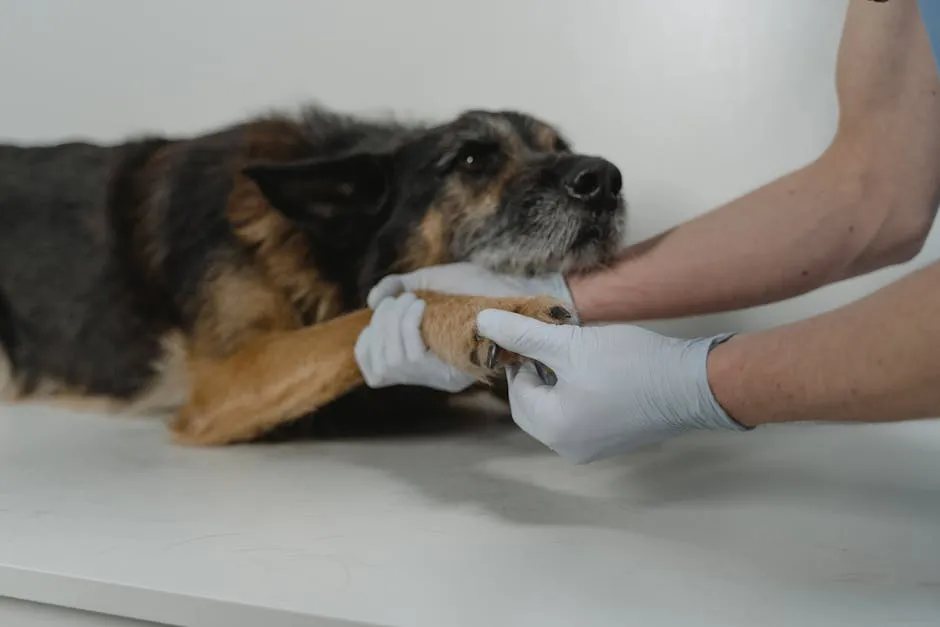
Identifying Abnormal Panting
Recognizing Symptoms
Not all panting is normal. If your dog pants while resting or appears to struggle with their breath, it may be a cause for concern. Look for signs like labored breathing or panting that doesn’t subside after exercise. These can indicate a serious problem.
Other symptoms may accompany abnormal panting. If your dog seems lethargic, loses interest in food, or appears restless, it’s time to call your vet. Changes in behavior, such as increased anxiety or pacing, can also signal an underlying issue.
Pay attention to color changes in your dog’s gums. If they look pale or bluish, this could indicate a lack of oxygen. These signs should always prompt immediate veterinary attention. Trust your instincts—if something feels off, it’s better to consult a professional. Your dog’s health is worth it, so stay alert to any unusual behaviors.
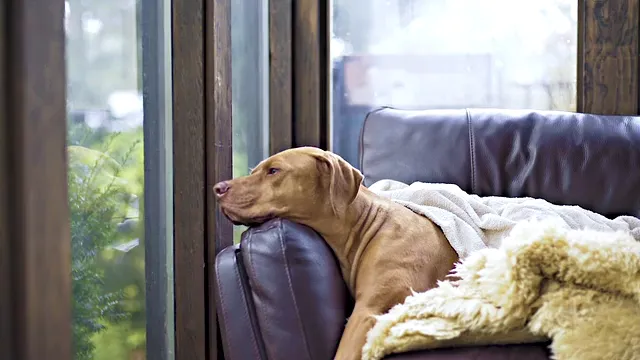
When to Seek Veterinary Care
Not all panting is a cause for alarm. However, if your dog pants excessively without a clear reason, it’s time to pay attention. Certain symptoms indicate that you should contact your veterinarian right away.
If your dog shows blue-tinged or pale gums, this could signal low oxygen levels. Excessive drooling or difficulty breathing can also be serious. If your dog is panting loudly or appears distressed, don’t wait.
Other signs include sudden panting, refusal to eat or drink, and weakness or lethargy. If your dog is restless or unable to settle, it could indicate a problem. Observe any changes in behavior or energy levels.
When in doubt, it’s best to consult a veterinarian. Quick action can make a big difference in your dog’s health. Always trust your instincts and prioritize your furry friend’s well-being.
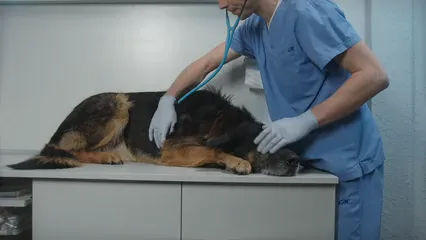
Diagnosing the Cause of Panting
Veterinary Evaluation
When you take your dog to the vet for panting concerns, expect a thorough evaluation. The vet will start with a physical exam. They’ll check your dog’s heart and lungs for any irregularities. Observing your dog’s behavior during the exam can provide valuable insights.
Diagnostic tests may follow. Blood tests help identify underlying issues, such as infections or hormonal imbalances. X-rays allow the vet to examine your dog’s chest and assess lung health. These tests can reveal conditions like heart disease or respiratory disorders.
If necessary, your vet may recommend further imaging or specialized tests. Understanding the cause of your dog’s panting is crucial for effective treatment. By working closely with your veterinarian, you can ensure your dog receives the care they need.

Treatment Options
Managing Normal Panting
If your dog pants due to heat, prevention is key. Ensure they have access to fresh water at all times. Avoid exercising during the hottest parts of the day. Instead, plan walks for the cooler mornings or evenings. Consider providing a shaded area for your dog to relax in when out in the sun.
For anxiety-related panting, create a calm environment. Use soothing music or calming scents like lavender to help them relax. Training techniques, such as desensitization and counter-conditioning, can effectively reduce anxiety responses. Regular exercise also helps alleviate stress and can keep your dog more relaxed overall. If you’re curious about the effects of lavender, check out Is lavender safe for dogs.

Using calming scents can greatly help your dog’s anxiety. Learn more about whether Is lavender safe for dogs to ensure you are making safe choices.
Keeping your dog cool is crucial. Offer cooling mats or wet towels for them to lie on. A kiddie pool can also provide a fun way for your dog to cool down during hot days. Remember, a little preparation can make a big difference in your dog’s comfort and overall well-being.
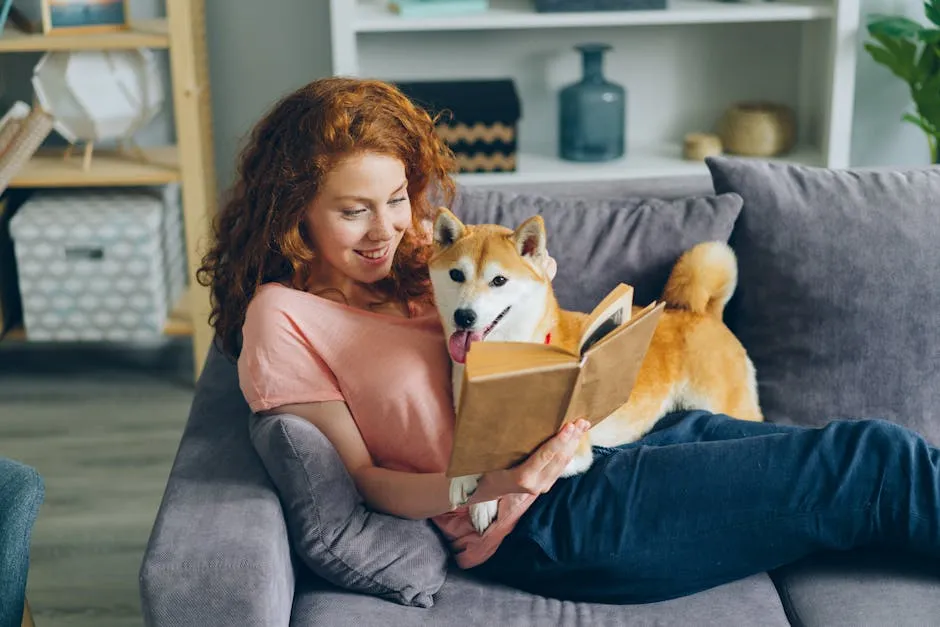
Speaking of comfort, an Elevated Dog Bed can help your dog stay cool while they snooze. It’s like a comfy hammock for your pup—perfect for lazy afternoons!
Addressing Medical Issues
When panting stems from medical conditions, addressing the root cause is essential. For heart disease, your vet may prescribe medications like diuretics or ACE inhibitors. These help manage symptoms and improve your dog’s quality of life.
If Cushing’s disease is diagnosed, treatment options include adrenal-suppressing medications or surgery in severe cases. Regular monitoring and follow-up visits are crucial for managing this condition effectively. Your veterinarian will guide you in adjusting treatments as needed.
For respiratory issues, treatment varies based on the specific diagnosis. It may include medications to reduce inflammation or improve airflow. Always monitor your dog for any changes in their condition. Keeping an eye on symptoms and following your vet’s advice ensures the best outcomes for your furry friend.
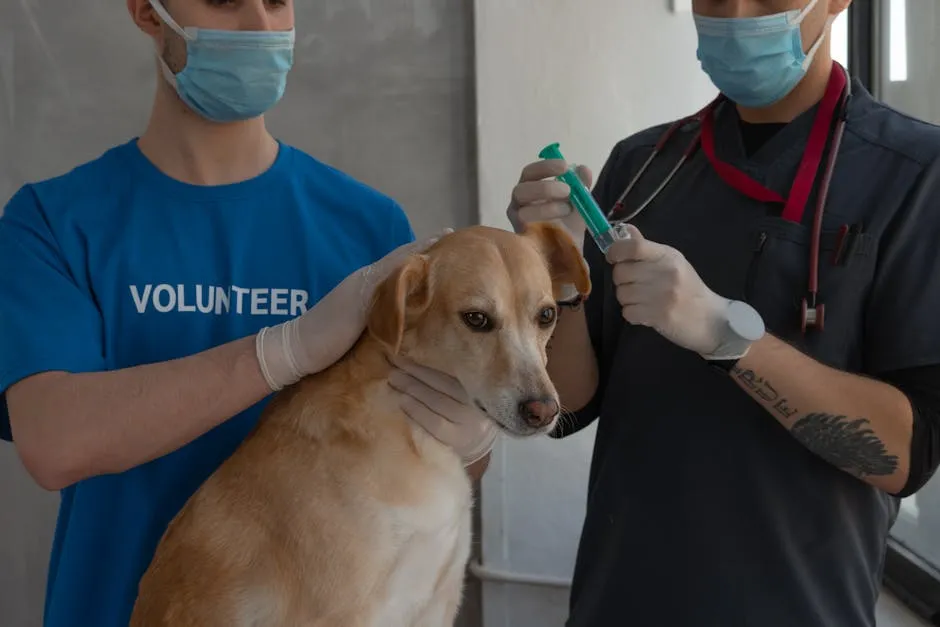
Conclusion
Understanding why your dog pants is vital for their health. Normal panting occurs during heat or excitement, but excessive panting can signal underlying issues. It’s essential to monitor your dog’s behaviors closely. If you notice unusual or persistent panting, seeking veterinary advice is crucial. Being proactive in your pet’s health can help identify issues early and ensure they lead a happy, healthy life. Don’t hesitate to reach out to your vet for guidance and support when needed.
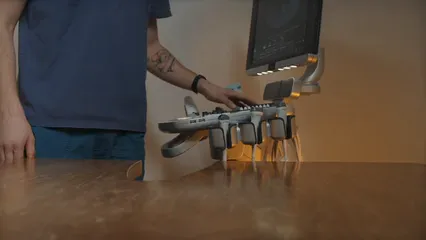
If you want to keep your furry friend entertained, consider an Interactive Dog Puzzle Toy. It keeps them busy and mentally stimulated, reducing anxiety while you enjoy your coffee in peace!
Please let us know what you think about our content by leaving a comment down below!
Thank you for reading till here 🙂
All images from Pexels

